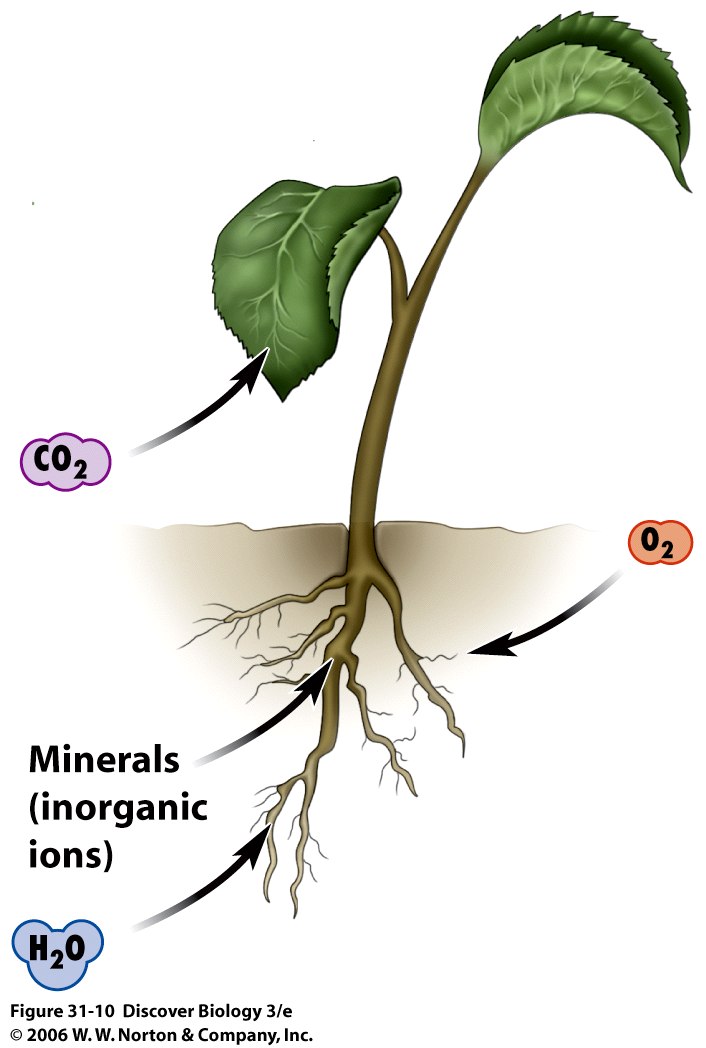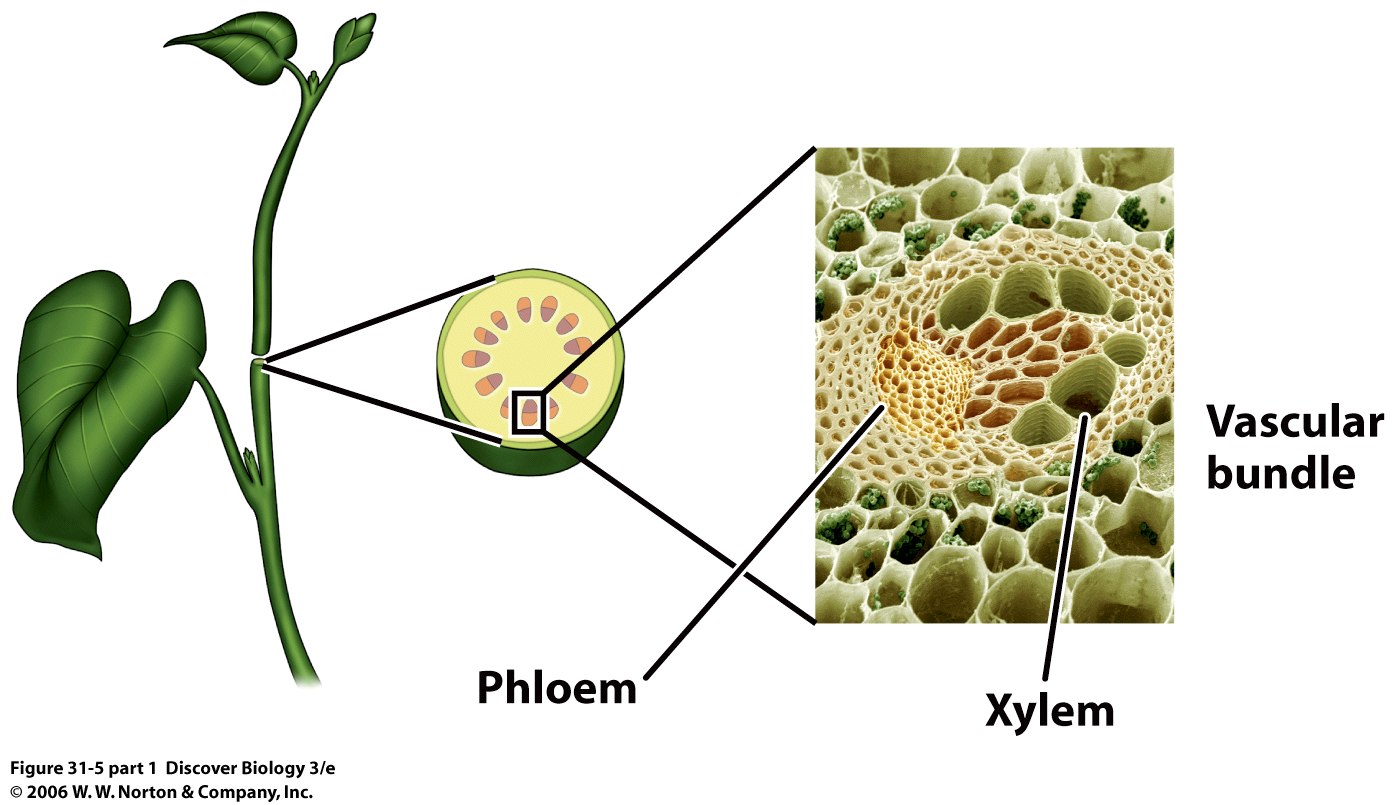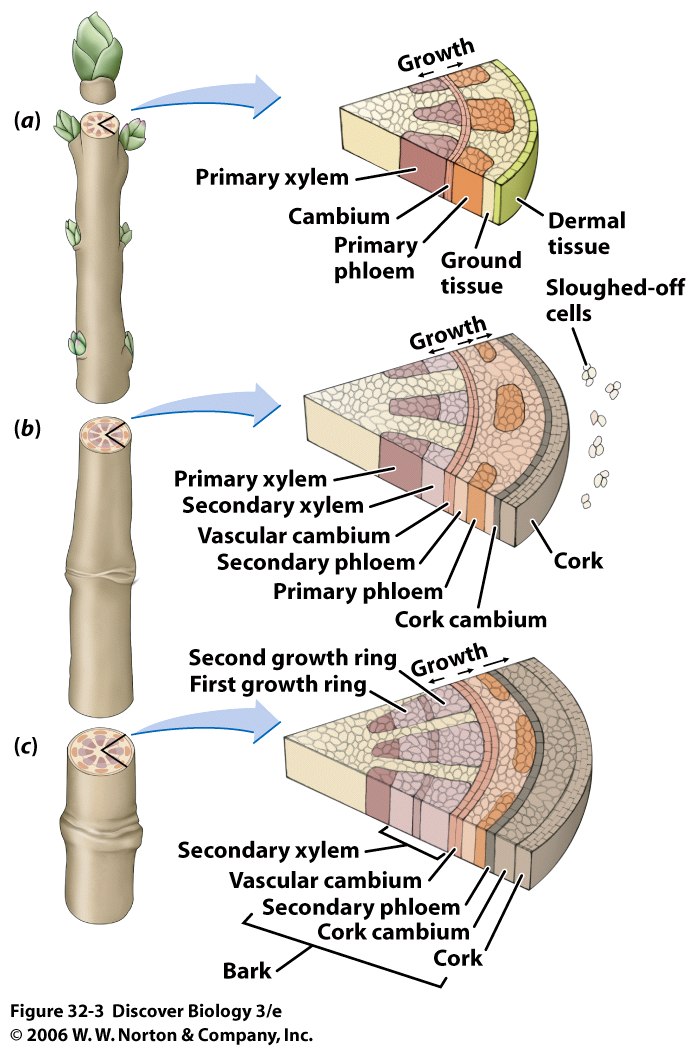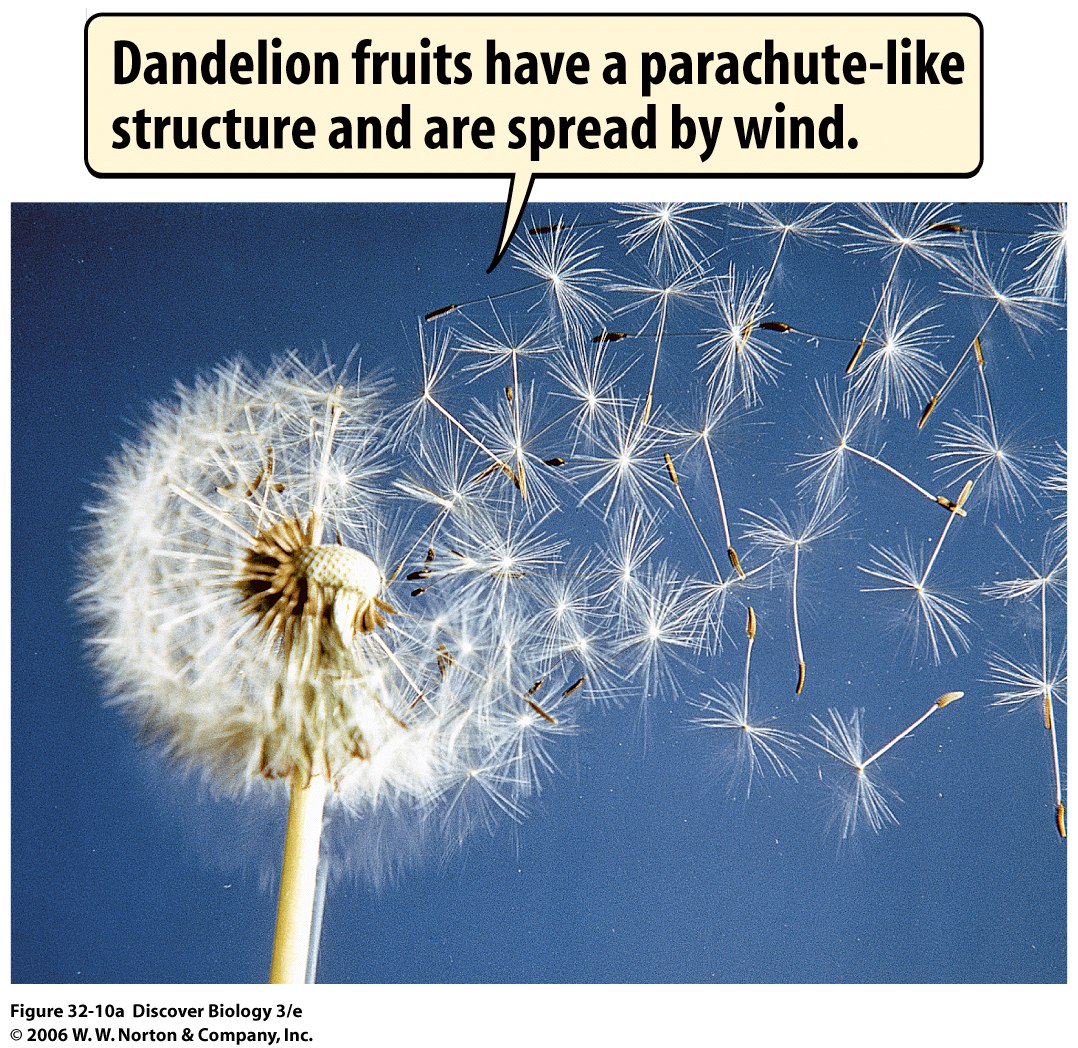In the second part of this class we are looking at large organisms and their tissues, organs, and organ systems. Information to make and operate these parts has been passed on in the DNA, mutations have resulted in some modifications, and those organisms with the modifications best suited for their environments have survived to reproduce more individuals carrying the successful information.
To learn more about organs and systems, you will be working in 8 different groups of 5-6 people. While hearing and reading about the general design of organ systems of successful organisms, each group will investigate a successful organism. Two groups each will investigate an organism near and dear to us in Sacramento:
ü An invertebrate living in the water: a fairy shrimp.
ü An invertebrate living on land: a bald-faced hornet.
ü A vertebrate (or chordate) living in the water: a Chinook (or king) salmon.
ü A vertebrate living on land: a sandhill crane.
First, identify the size and the scientific name of your animal.
Then describe the following design features of your animal i.e. how it:
- gets nutrition--energy and chemical building blocks. What does it eat and how is its digestive system specialized for its diet?
- transports nutrients to individual cells from the outside and wastes from the cells to the outside. What kind of gas exchange system does it have and what kind of circulatory or transport system does it have?
- support its size. What kind of material supports it and does it have an exoskeleton or endoskeleton or neither?
- moves What is its main way of moving?
- protects and defends itself What external and behavioral defense mechanisms and what internal defense mechanisms does it have?
- maintains fairly constant internal conditions (e.g. water and temperature) so that its proteins function well. How does it regulate its water content and temperature?
- senses its surroundings so that it can react appropriately. What sense organs does it have?
- coordinates the activities of different cells within it. What is one important hormone it uses and what does that hormone do? Does it have a brain and spinal cord or just a network of nerves?
For three of the above design features you will need to discuss what the advantages and disadvantages of the organism’s particular design features are.
I will be introducing the systems over the next two weeks (October 20-November 1). You will need to access outside sources about the specific organisms; the lectures should help give you some perspective on advantages and disadvantages of different designs.
- On Friday, November 3 all groups will present a poster answering the questions above: design features of your critter, the advantages and disadvantages of three of those features, the size and the scientific name of your creature. Students will have a chance to circulate and compare the features of different animals. The poster should highlight key points visually so that other students can learn from them. Posters will have a maximum score of 6 points, based on how accurately all questions were addressed and how well the information was presented.
- On Friday, November 3, you will also turn in a group written report, which will be worth 6 points. The report must be typed and thoroughly discuss in words all of your design choices, their advantages, and their disadvantages. Sources of information must be cited.
- Group members will receive the same basic score, which will then be adjusted based on Peer Evaluations.
To give you an idea of what I am looking for, let me introduce my fictitious successful plant Chlorus major, commonly known as big green. Compared to an animal, this plant is relatively simple in function. But remember that it captures the energy and puts it in organic molecules, which keep all living things alive.
- I am a self feeder. I absorb energy from the sun and convert it to chemical energy which I store in glucose and convert into energy in ATP when I need to use it immediately. I get my building blocks by taking in carbon dioxide and water and making glucose. I can make other organic molecules like amino acids and proteins, nucleotides and nucleic acids, and lipids by adding chemical elements like N (nitrogen), S (sulfur), P (phosphorous), and K (potassium) to the glucose in chemical reactions. I absorb the water and elements mainly through my roots and take in carbon dioxide mainly through my leaves. I absorb light energy mostly using chloroplasts in my leaf cells. I don't need to make teeth or a digestive system, since I produce my own monomers.

- Because I am medium-sized and live on land, my cells are not all exposed to sunlight, water, and carbon dioxide. So, I have a transport system of two kinds of tubes or vessels. My xylem carries water and dissolved elements from my roots to other cells; my phloem carries glucose made in my leaves to my roots and other cells. I don't have any muscles to pump fluid through my tubes; the fluid moves because water molecules stick to each other. As water molecules evaporate from pores (stomata) in my leaves, other water molecules are pulled up into the leaves. The process of water evaporating from my leaves is called transpiration. I don't have a respiratory system to increase the volume of gases I take in and release.

- I have 2 kinds of support. One is that my xylem and phloem start with cells having thick cell walls. The other is that when water fills my cells, my cells are stiff. This is called a hydrostatic support; if I get dehydrated I wilt and get droopy. Some of my relatives live many years and get very large; in addition to growing up and down, they also get thicker with layers of vascular tissues that form a woody trunk.

- I am anchored in the ground by my roots, so I can't really move from one spot to another. But I can move parts by changing water pressure in cells and having some cells grow faster than others. For example, when I need to close my stomata, I let guard cells surrounding the pore go limp and flop close together. When I want to grow toward the sun, I make the cells on my dark side grow faster than the cells on the sunny side. Here is an animation to show how that works: http://www.campbell.edu/faculty/metz/Biology202/lecturelinks/kr21_290.html.
And when I want my kids to move away from home, I can let my seeds get carried by an animal's fur or your socks. Some of my relatives have their seeds carried by the wind or animals that eat their fruits. We have our ways of getting places.

- I protect myself from insects by producing molecules that repel or kill them when they chomp on me. I protect myself from the rain by having my dermal cells make a waxy coat. Some of my relatives close their leaves when they are touched, and others have thorns. Still other relatives don't spend a lot of energy protecting themselves, but just have the ability to quickly replace cells that have been damaged.
- One condition that is really important for me to keep constant is my water content. Of course, I try to live in places where my roots can get to water. Then I reduce water loss by closing my stomata when I don't need to take in carbon dioxide (when it is dark and I cannot carry out photosynthesis) or when I have lost a lot of water. I can't do too much to keep my temperature constant, so I will usually only grow where the temperature can't cook my proteins. Some of my relatives that live in cold places produce sugar molecules that act like antifreeze.
- I have cells that are sensitive to light and to gravity and to touch. They allow me to grow my shoots toward light (phototropism), grow my roots toward gravity (gravitropism), and wrap my stem around a pole or fence (thigmotropism).
- I do not have nerve cells, so my main way of coordinating all of my cells is by having cells send and receive chemical messages. These are called hormones; they travel through my phloem. For example, cells on my dark side can produce hormones that cause more cell growth and division, making my stem bend toward the sun. I also have hormones that are produced when the days get shorter; they make my leaves fall off so that I do not lose a lot of water in the winter, when I cannot carry out much photosynthesis. Having hormones diffuse through my phloem does not allow very rapid responses, but it does get all of my cells to work together.